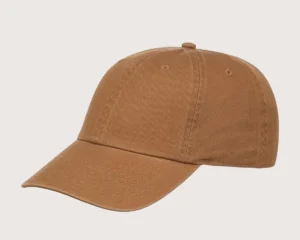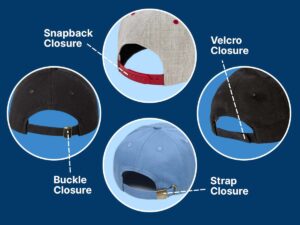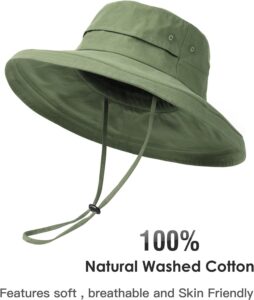Have you ever wondered why some hats just fit perfectly while others feel too loose or too tight? The secret often lies in the type of adjustment the hat uses. From trendy snapbacks to classic strapbacks and fitted designs, hat adjustments play a crucial role in comfort, style, and durability.
In short, the most common types of hat adjustments include snapback, strapback, fitted, elastic, and Velcro, each offering different levels of fit customization and style. Understanding these types helps you choose the perfect hat for any occasion, whether you’re hitting the gym, going to a festival, or just out for a casual day. Imagine your favorite cap slipping perfectly onto your head every time — that’s the magic of the right adjustment! Stick around to explore each type in detail and discover how to pick the one that suits your lifestyle best.
1. What are the most common types of hat adjustments?
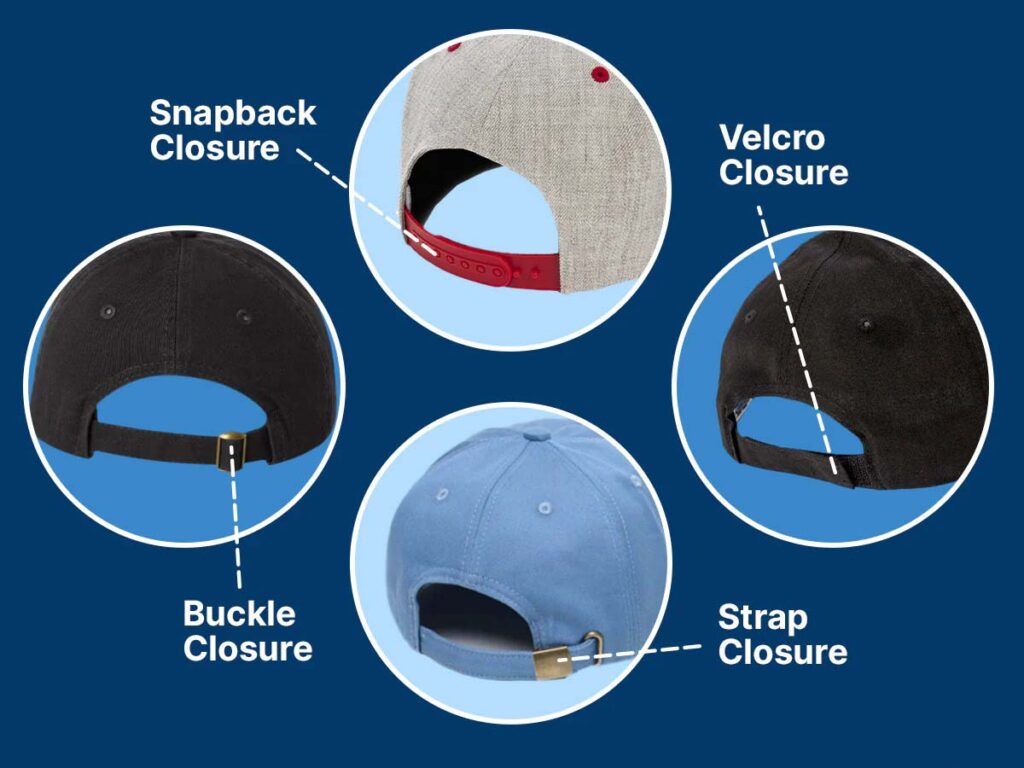
The most popular hat adjustments are snapback, strapback, fitted, elastic, and Velcro, each designed to provide varying levels of fit and convenience.
- Snapback: Snapbacks feature a plastic strip with multiple snaps for easy size adjustment. Popular in streetwear, they combine style and functionality. However, some find plastic less durable or environmentally friendly. How do snapbacks compare in longevity against other options?
- Strapback: Strapbacks use a fabric, leather, or nylon strap with a buckle or slide for adjustment. They offer a more classic look and are often favored for comfort. The material choice affects both appearance and sustainability.
- Fitted: Fitted hats come in fixed sizes with no adjustment. They offer a clean, tailored look but require precise sizing. This style is popular in sports caps but can be less forgiving if your size changes.
- Elastic: Elastic bands inside or outside hats provide stretch for a flexible fit. This option is convenient but may lose elasticity over time. Consider elasticity quality and lifespan when choosing this type.
- Velcro: Velcro straps allow quick, easy adjustment and are common in casual and sports hats. However, Velcro can wear out or collect debris, affecting durability. Adjustment Type Description Pros Cons Snapback Plastic snaps for size adjust Stylish, easy fit Less durable, not eco-friendly Strapback Fabric/leather strap with buckle Classic, comfortable Material affects durability Fitted Fixed size, no adjustment Clean look Needs exact sizing Elastic Stretch bands for flexible fit Comfortable Loses elasticity over time Velcro Velcro strap for quick adjust Easy to use Wears out, collects debris
Critically, choosing a hat adjustment isn’t just about fit—it’s about durability, style preferences, and even environmental impact. For example, while snapbacks are trendy, their plastic components raise sustainability questions. In contrast, leather strapbacks might age beautifully but can be less eco-friendly depending on sourcing. Understanding these nuances helps you balance comfort, style, and ethics.
2. Which hat adjustment is best for comfort and fit?
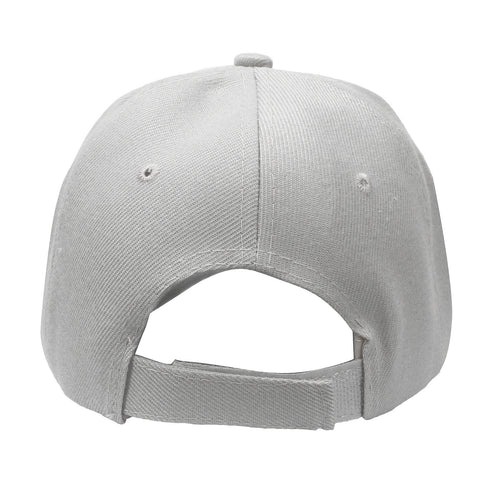
Strapback and elastic adjustments generally offer the most comfortable and customizable fits, balancing flexibility and stability.
- Why Strapbacks Are Comfortable: Strapbacks allow precise manual adjustment, ensuring your hat sits just right without pressure points. Materials like soft leather or nylon add to comfort.
- Elastic Adjustments for Ease: Elastic fits adapt dynamically to head size changes, great for all-day wear and active lifestyles. However, low-quality elastic may become loose with time.
- Fitted Hats’ Fit Challenge: While fitted hats look sleek, the lack of adjustability can lead to discomfort if the size is off, highlighting the importance of accurate sizing.
- Snapbacks and Fit Trade-offs: Snapbacks offer decent adjustability but can feel rigid or uneven depending on plastic quality.
- Velcro and Comfort: Velcro can adjust easily but sometimes irritates the skin or loses grip, reducing fit reliability. Adjustment Type Comfort & Fit Features Notes Strapback Precise manual adjustment, soft materials Comfortable, no pressure points Elastic Adapts dynamically to head size Great for active use, may loosen Fitted Sleek look, no adjustability Needs accurate sizing Snapback Decent adjustability May feel rigid or uneven Velcro Easy adjustment Can irritate skin, grip may weaken
Comfort often depends on individual head shape and activity. For instance, athletes might prefer elastic or Velcro for quick adjustments during movement, while fashion-conscious users lean toward strapbacks or fitted hats for a tailored look. Trying hats with different adjustments remains the best way to find your personal comfort sweet spot.
3. How do different hat adjustments affect durability and style?
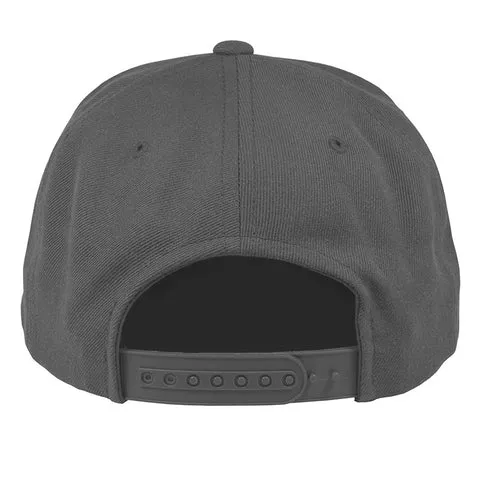
Each adjustment type influences how long a hat lasts and the style it projects, impacting both user experience and fashion appeal.
- Durability of Plastic Snapbacks: Snapbacks are sturdy but prone to cracking with excessive bending. Their bold plastic designs fit urban, street-style fashion well.
- Strapbacks and Material Longevity: Strapbacks with leather or fabric straps may wear gracefully or degrade depending on care. They tend to suit classic or vintage aesthetics.
- Fitted Hats and Structure: Without adjustments, fitted hats rely on structured materials to maintain shape. This makes them durable but less versatile in sizing.
- Elastic Bands Wear and Tear: Elastic can lose stretch and snap, especially with frequent use and washing, reducing the hat’s lifespan.
- Velcro’s Functional Style: Velcro offers casual practicality but can become noisy or lose stickiness, which some find detracts from sleek styling. Adjustment Type Durability Style Impact Snapback Sturdy but plastic can crack Bold, urban street style Strapback Material-dependent wear; ages gracefully Classic, vintage aesthetics Fitted Durable due to structure, no adjustability Clean, tailored look Elastic Loses stretch, can snap over time Casual, flexible style Velcro May lose stickiness, get noisy Practical but less sleek
When style meets function, adjustment types define your hat’s vibe—from sporty to sophisticated. Moreover, maintenance affects durability; for example, storing snapbacks carefully prevents plastic damage, while cleaning strapbacks preserves leather quality. Balancing style preferences with practical durability is key for long-term satisfaction.
4. Are adjustable hats better than fitted hats?

Adjustable hats generally offer more versatility and are better for changing head sizes, while fitted hats provide a polished look but less flexibility.
- Advantages of Adjustable Hats: They accommodate various head sizes, making them ideal for gifting or online purchases. The adjustment options also cater to different styles and functions.
- When Fitted Hats Shine: Fitted hats create a clean silhouette favored in professional sports and fashion, appealing to those who prefer a snug, precise fit.
- Limitations of Fitted Hats: Sizing errors can lead to discomfort or wasted purchases. Also, fitted hats may not suit fluctuating head sizes due to weight changes or hair volume.
- Adjustable Hat Challenges: Some wearers dislike the bulkiness or visual impact of adjustment mechanisms, preferring the minimalism of fitted hats. Feature Adjustable Hats Fitted Hats Versatility Fits various head sizes Fixed size, less flexible Best Use Ideal for gifting, online purchases Preferred in sports, fashion Fit Adjustable, customizable Snug, precise fit Limitations Some find adjustment bulky Sizing errors cause discomfort Style Preference Functional, varied styles Clean, minimalist look
Ultimately, the choice depends on personal needs. Adjustable hats win on convenience and flexibility, while fitted hats excel in style and tradition. For mass customization, adjustable hats are often more practical.
5. What materials are commonly used in hat adjustment mechanisms?
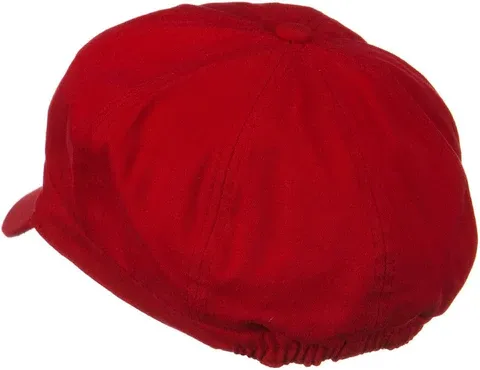
Hat adjustments commonly use plastic, metal, fabric, leather, elastic, and Velcro—each with unique performance and environmental factors.
| Material | Common Use | Pros | Cons | Environmental Impact |
|---|---|---|---|---|
| Plastic | Snapbacks, Buckles | Lightweight, inexpensive | Can crack, non-biodegradable | Petroleum-based, less eco-friendly |
| Metal | Buckles, Clasps | Durable, stylish | Heavier, can corrode | Recyclable, but mining impacts |
| Fabric | Strapbacks | Soft, adjustable | Can wear out or fray | Biodegradable if natural fibers |
| Leather | Strapbacks | Durable, premium look | Requires care, animal-based | Ethical concerns, less sustainable |
| Elastic | Stretch bands | Flexible, comfy | Loses elasticity | Synthetic fibers, limited biodegradability |
| Velcro | Straps | Easy adjustment | Wears out, collects lint | Synthetic, less eco-friendly |
Choosing materials affects hat lifespan, comfort, and sustainability. For example, recycled plastic buckles can reduce environmental impact, while organic cotton straps appeal to eco-conscious consumers. Innovation in biodegradable and recycled materials is shaping the future of hat adjustments, aligning with sustainable fashion trends.
6. How to choose the right hat adjustment for different activities and styles?
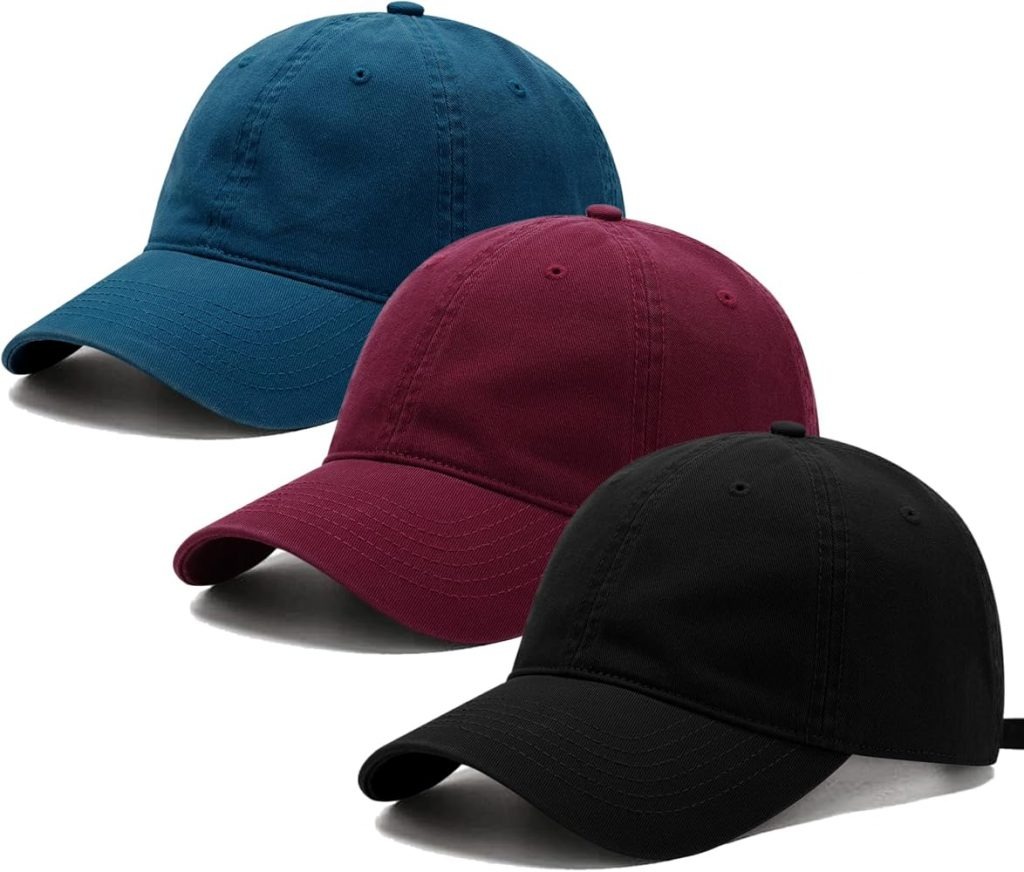
Selecting a hat adjustment depends on your lifestyle, activity type, and style preference, balancing comfort, durability, and appearance.
- Sports and Active Use: Elastic or Velcro adjustments offer quick, flexible fitting, ideal for running, hiking, or gym workouts.
- Casual and Everyday Wear: Strapbacks provide comfort and style for daily use, blending adjustability with a classic look.
- Fashion and Formal Occasions: Fitted hats create a sharp, clean profile preferred for events or branded apparel.
- Children and Growing Heads: Adjustable hats like snapbacks or Velcro are practical as they accommodate growth spurts.
- Environmental Considerations: Opt for hats with natural fiber straps or recyclable materials if sustainability is a priority.
Testing hats in real-life scenarios ensures the adjustment suits your needs. Consider factors like sweat resistance, ease of cleaning, and how the adjustment complements your outfit.
| Activity/Style | Recommended Adjustment Type | Reason/Benefits |
|---|---|---|
| Sports & Active Use | Elastic, Velcro | Quick, flexible fit during movement |
| Casual & Everyday Wear | Strapback | Comfortable, stylish, adjustable |
| Fashion & Formal | Fitted | Sharp, clean profile |
| Children & Growing | Snapback, Velcro | Adjustable for growth |
| Environmental Focus | Natural fiber straps, recyclable | Sustainable and eco-friendly materials |
Ready to Customize Your Perfect Hat?
At Kinwin, we understand that the right hat adjustment can make all the difference in comfort, style, and function. With our advanced production lines and commitment to sustainable materials, we specialize in tailoring hats that perfectly fit your needs. Whether you want eco-friendly strapbacks, durable snapbacks, or sleek fitted caps, we’re here to help you customize high-quality hats designed for your market.
Contact Kinwin today for a personalized quote and discover how our expert craftsmanship and innovative designs can bring your hat ideas to life!


